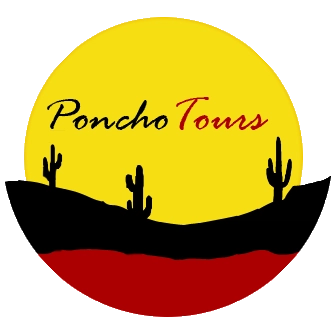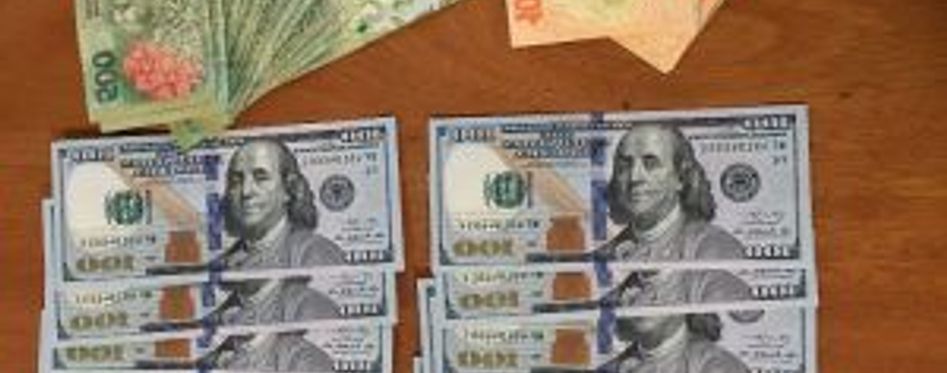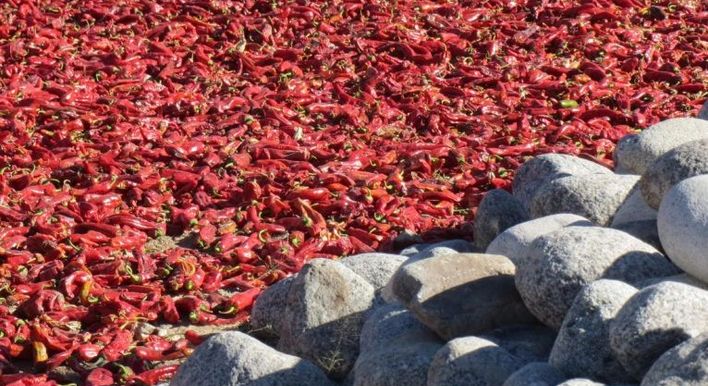- UPDATE March 6th 2023: Latest government figures claim that over 800,000 visitors from abroad spent US$164 million on their bank cards, benefiting from the tourist dollar (at 360 pesos, as I write this). That’s a fivefold increase on January 2022, but only a 9% rise month to month. Some recent guests of ours are still reporting problems with being charged at the official rate, so we recommend you check with your bank before you travel.
A tour we think you'll love
How much a dollar cost?
I am pretty sure Kendrick Lamar was talking about the tough life of homeless people on the streets when he wrote his song, rather than Argentina’s parallel economy.
But as those who have visited will already know, it’s essential to understand the real value of your greenback when you’re on holiday in Argentina.
At the other end of the music spectrum from my man Kendrick, the British band Coldplay have just closed a ten concert run at River Plate’s Monumental football stadium, the biggest in the country, and host to the 1978 World Cup final.
They’ve raked in millions from ten concerts seen by 600,000 fans: but which dollar have they made their money in?
A new rate was introduced last month specifically for promoters of foreign artists, and it was instantly dubbed the Dolar Coldplay: rather ironic considering the dates had already sold out, so it didn’t actually apply to Chris Martin and the crew.
It allows empresarios contracting foreign artists to add 30% to the value of the official dollar, so the tickets they sell in pesos charge at a higher rate to the dollar.
Also last month, the Dolar Qatar was brought in to sting those with enough cash to travel to the World Cup, charging them effectively twice the official rate for payments over US$300 a month on their Argentine credit card.
At present, Argentines who use local issued credit cards abroad already pay 75% on top of the official peso to dollar rate (167 as I write).
This still applies to anyone spending less than US$300 per month on their plastic, but if you go over that, as many fans in the Middle East will do, an additional 25% will be added: making each peso precisely half its official value.
Still with me?
The blog I wrote earlier this year on the Argentine blue dollar (the peso to USD blue rate) is the most read of all my pieces (though, personally, I’m most proud of my piece on the potato).
Apart from a brief interregnum during the more economically liberal Macri government from 2016 to 19, I’ve always advised guests on our private tours to bring bundles of dollars for their holiday in Argentina.
Once people get their head round how much you can get for a dollar on the street, they realise Argentina is great value for money.
For months now Western Union has been offering wire transfers at the blue rate, but the hiccup has been finding branches with enough pesos in cash to complete the transfer.
Now a long mooted plan by Minister of the Economy Sergio Massa has finally swung into action, and been warmly welcomed by tourism bigwigs.
It is the new dolar MEP which stands rather prosaically for Mercado Electronico de Pagos (Electronico payment market).
Dry as it sounds, it could be an excellent alternative to bringing fistfuls of dollars into the country, which is usually the only way to plan if you’re going to tour Argentina.
In theory, as a non-resident, when you pay your bill in pesos with a foreign bank card, you will pay at a rate nearly twice the official one, at the moment hovering slightly above the blue dollar (as I write it is 293, compared to 284 blue when I changed money this week).
“It’s great news for businesses in the sector. This measure reaches hotels, restaurants, air travel and tourism operators and will have a powerful economic impact on tourism,” said Andres Deya, head of the FAEVYT, Argentina’s national association of tour operators.
Next week I am off to Chile for an Atacama desert tour with guests from Germany for the first since the covid epidemic. Remember in Chile (and Bolivia, if you’re going to the Salares of Uyuni) you can still use debit and credit cards normally, as their economies are much more stable.
Now don’t get me started on the crypto dollar…
-
Bookmark this website for up to the minute rates of all the different dollars.
-
Here’s a good article (in Spanish) explaining all the different dollar values.






